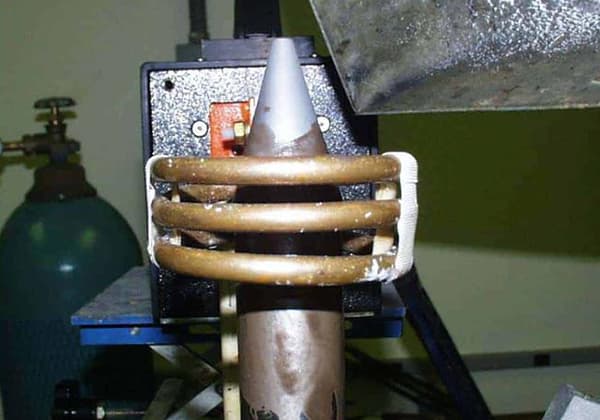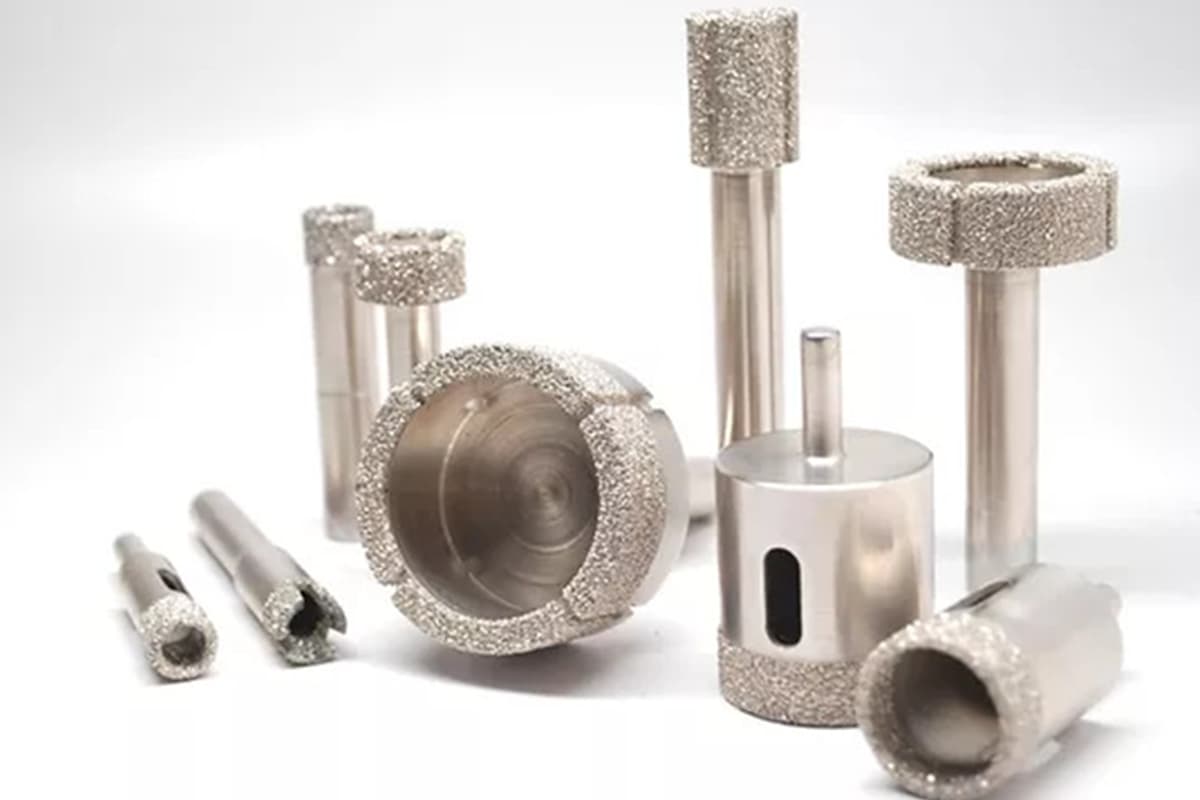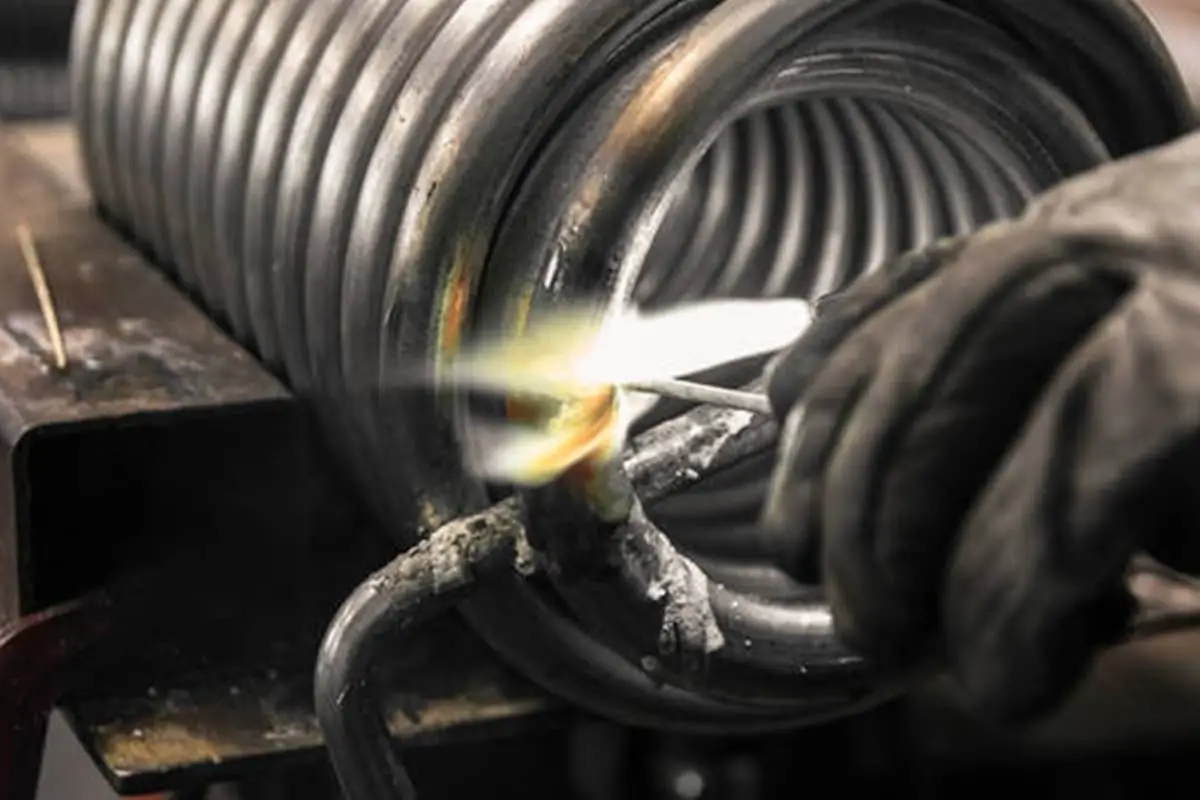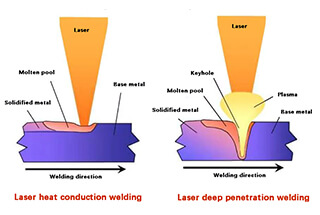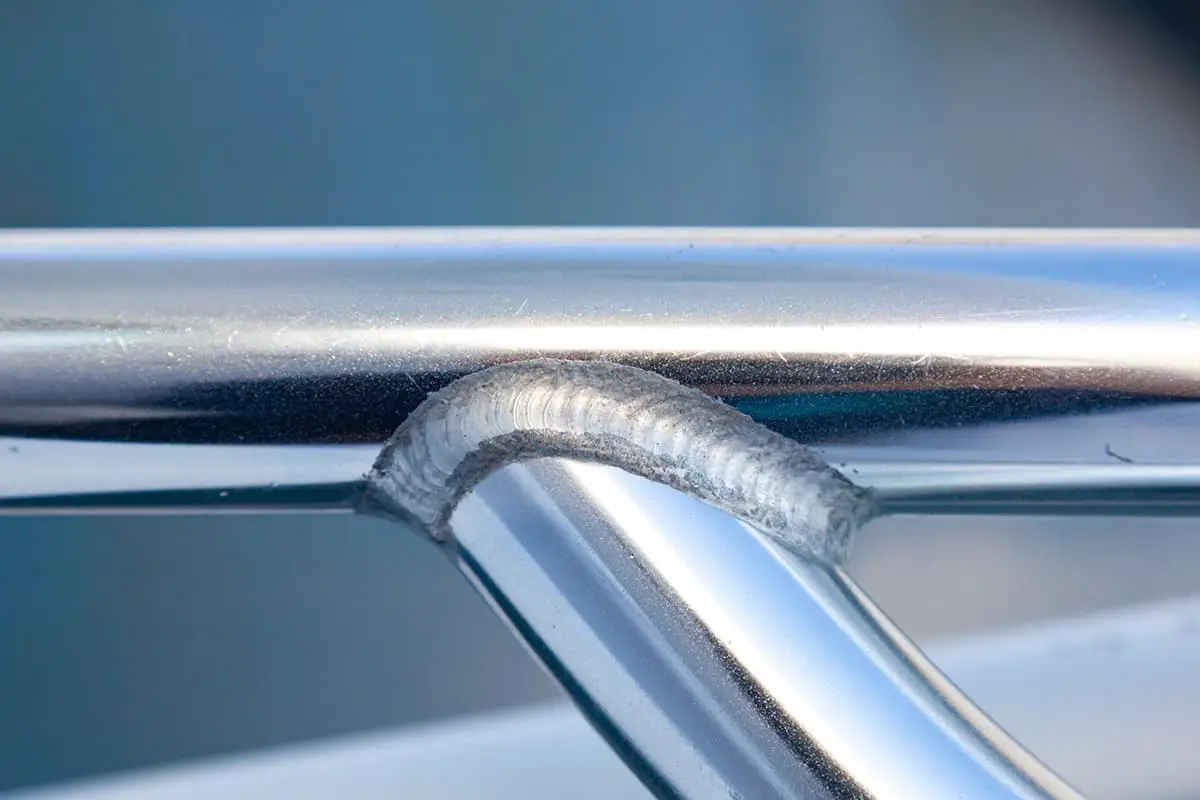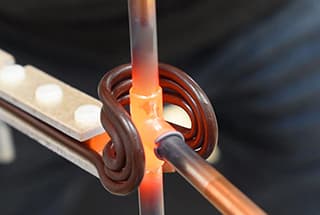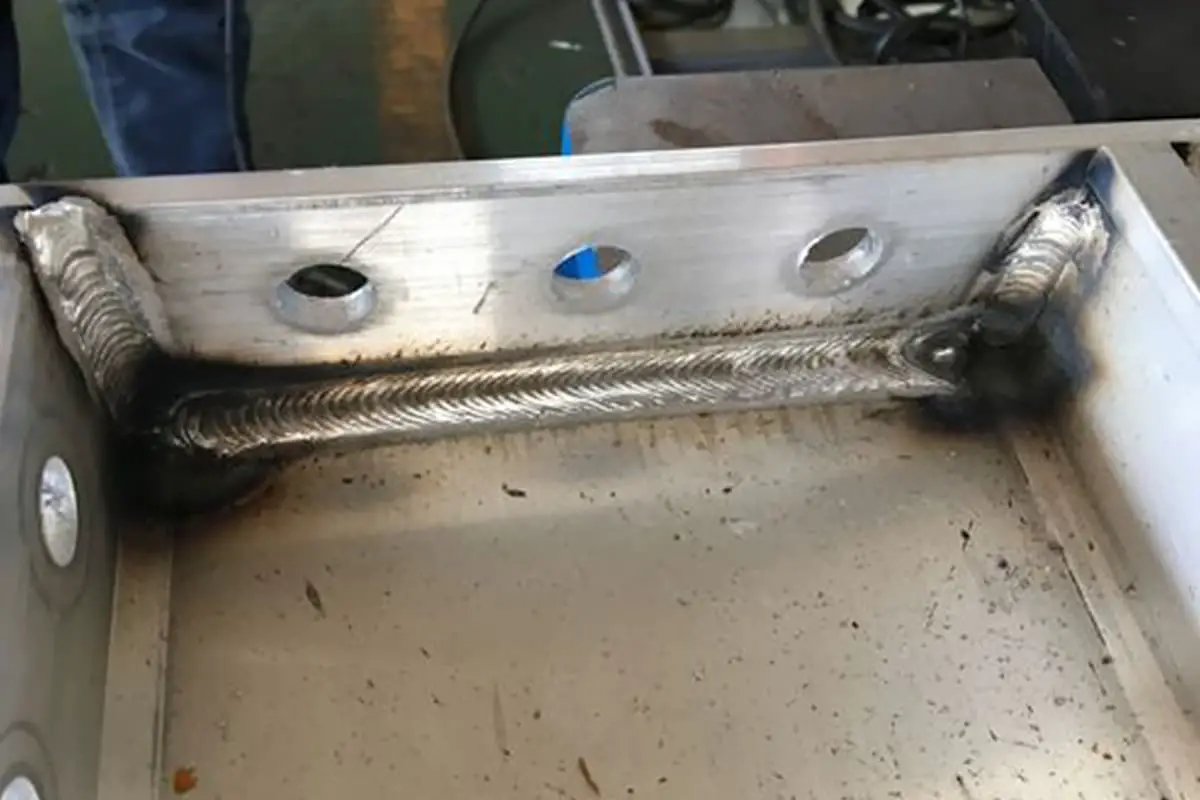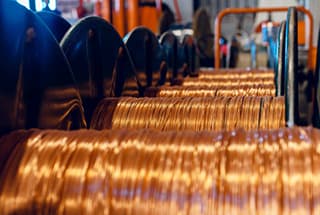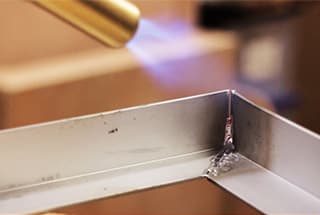
Why is brazing aluminum such a challenge? In this article, we delve into the intricacies of brazing aluminum and its alloys, addressing the difficulties posed by oxide films, temperature control, and corrosion resistance. Discover the specific materials and techniques used to achieve successful brazing, and learn how to overcome common obstacles in this essential metalworking process. Whether you’re a seasoned professional or new to brazing, this guide offers valuable insights to enhance your understanding and skills.
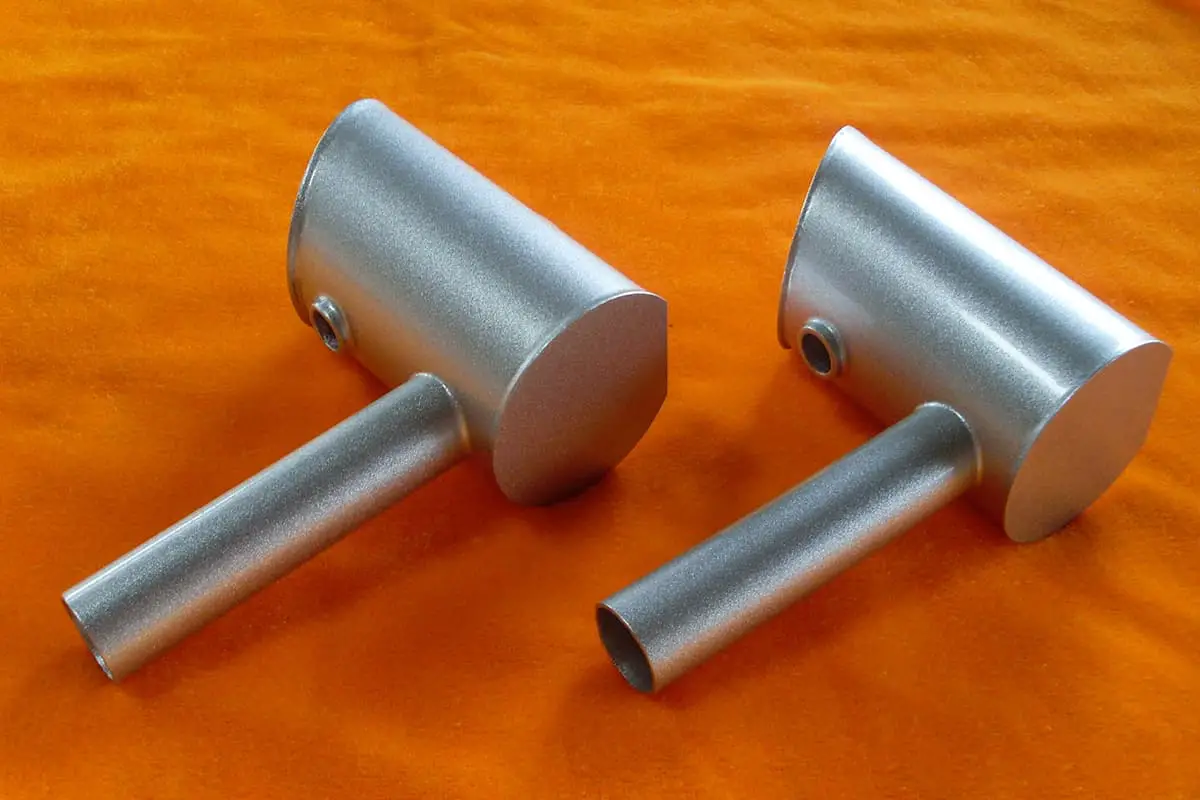
The brazability of aluminum and aluminum alloys is poor, mainly because the oxide film on the surface is difficult to remove. Aluminum has a strong affinity for oxygen and easily forms a dense, stable, and high melting point oxide film Al2O2 on the surface.
Magnesium-containing aluminum alloys also form very stable oxide film Mgo. They seriously hinder the wettability and spreading of the solder and are difficult to remove. Only by using suitable flux can the brazing process be carried out.

In addition, the operation difficulty of aluminum and aluminum alloy brazing is high. The melting point of aluminum and aluminum alloys is not much different from the melting point of the hard solder used, and the temperature range available for brazing is very narrow.
Improper temperature control can easily cause overheating or even melting of the base material, making the brazing process difficult. Some heat-treated aluminum alloys may undergo overaging or annealing softening due to brazing heating, resulting in a decrease in brazed joint performance.
When flame brazing, it is not easy to judge the temperature due to the unchanged color of the aluminum alloy during heating, which also increases the requirement for the operator’s skill level.
Moreover, the corrosion resistance of aluminum and aluminum alloy brazed joints is easily affected by the solder and flux used. The electrode potential of aluminum and aluminum alloys differs greatly from that of the solder, which reduces the corrosion resistance of the joint, especially for soft brazed joints.
In addition, most of the fluxes used in aluminum and aluminum alloy brazing are highly corrosive, and even if they are cleaned after brazing, the impact of the flux on the corrosion resistance of the joint cannot be completely eliminated.
(1) Solder:
Soft soldering of aluminum and aluminum alloys is not commonly used because the difference in composition and electrode potential between the solder and the base material in soft soldering can easily cause electrochemical corrosion in the joint.
Zinc-based solders and tin-lead solders are mainly used for soft soldering, which can be divided into low-temperature soft solders (150-260°C), medium-temperature soft solders (260-370°C), and high-temperature soft solders (370-430°C) according to the temperature range of use.
When tin-lead solder is used for brazing and copper or nickel is pre-plated on the aluminum surface, corrosion at the interface can be prevented, thereby improving the corrosion resistance of the joint.
Hard soldering of aluminum and aluminum alloys is widely used, such as filter guides, evaporators, heat sinks, and other components.
Only aluminum-based solder can be used for hard soldering of aluminum and aluminum alloys, among which aluminum-silicon solder is the most widely used. The specific application range and shear strength of the soldered joints are shown in Table 8 and Table 9, respectively.
However, the melting point of these solders is close to that of the base material, so the heating temperature should be strictly and accurately controlled during brazing to avoid overheating or melting of the base material.
Table 8: Applicable Range of Hard Solders for Aluminum and Aluminum Alloys
| Brazing material grade | Brazing Temperature /℃ | Brazing Methods | Aluminum and Aluminum Alloys Suitable for Brazing |
| B-Al92Si | 599~621 | Dip, Furnace | 1060-8A06,3A21 |
| B-Al90Si | 588~604 | Dip, Furnace | 1060-8A06, 3A21 |
| B-Al88Si | 582~604 | Dip, Furnace, Flame | 1060-8A06, 3A21,1F1,LF2,6A02 |
| B-Al86SiCu | 585~604 | Dip, Furnace, Flame | 1060-8A06,3A21,1F1,5A02,6A02 |
| B-Al76SiZnCu | 562~582 | Flame, Furnace | 1080-8A06,3A21,LF1,5A02,6A02 |
| B-Al67CuSi | 555~576 | Flame | 1060-8A06,3A21,LF1,5A02,6A02,2A50,2L102,ZL202 |
| B-Al90SiMg | 599~621 | Vacuum | 1060-8A06、3A21 |
| B-Al88SiMg | 588~604 | Vacuum | 1060-8A06,3A21,6A02 |
| B-Al86SiMg | 582~604 | Vacuum | 1060-8A06,3A21,6A02 |
Table 9: Shear Strength of Aluminum and Aluminum Alloy Joints Brazed with Aluminum-Silicon Solder
| Brazing material grade | Tensile strength /MPa | ||
| Pure Aluminum | 3A21 | 3A12 | |
| B-A188Si | 59~78 | 98~118 | – |
| B-A167CuSi | 59~78 | 88~108 | 118~196 |
| B-A186SiCu | 59~78 | 98~118 | – |
| B-A176Si ZnCu | 59~78 | 98~118 | – |
Aluminum-silicon brazing materials are typically supplied in the form of powder, paste, wire, or foil. In some cases, a brazing composite plate is used, which consists of an aluminum core and an aluminum-silicon brazing material as the cladding layer. This composite plate is produced using hydraulic methods and is commonly used as a component of brazed assemblies.
During brazing, the brazing material on the composite plate melts and flows to fill the joint gaps, aided by capillary action and gravity.
(2) Flux and shielding gas are commonly used in soft brazing of aluminum and aluminum alloys.
Aluminum and aluminum alloy brazing often requires the use of specialized fluxes to remove oxide films. Organic fluxes based on triethanolamine, such as FS204, are used with low-temperature brazing alloys.
These fluxes have the advantage of minimal corrosion on the base material, but they generate a large amount of gas during fluxing, which can affect wetting and filling of the brazing material.
Reactive fluxes based on zinc chloride, such as FS203 and FS220A, are used with medium- and high-temperature brazing alloys. Reactive fluxes have strong corrosive properties, and their residues must be thoroughly cleaned after brazing.
Hard brazing of aluminum and aluminum alloys still relies on flux removal. The brazing fluxes used include chloride-based fluxes and fluoride-based fluxes. Chloride-based fluxes have strong deoxidizing capabilities and good flowability but have a significant corrosive effect on the base material, so their residues must be completely removed after brazing.
Fluoride-based fluxes are a new type of flux with good deoxidizing effects and no corrosive effect on the base material. However, they have a high melting point and poor thermal stability, and can only be used in combination with aluminum-silicon brazing materials.
When hard brazing aluminum and aluminum alloys, vacuum, neutral, or inert atmospheres are commonly used. When vacuum brazing, the vacuum level should generally reach the order of 10-3 Pa. When using nitrogen or argon shielding, high purity and low dew point below -40℃ are required.
Brazing of aluminum and aluminum alloys requires high cleanliness of the workpiece surface. To achieve good quality, the surface oil and oxide films must be removed before brazing. Surface oil can be removed by washing with a sodium carbonate (Na2CO3) water solution at a temperature of 60-70℃ for 5-10 minutes, followed by rinsing with clean water.
Surface oxide films can be removed by immersion in a sodium hydroxide (NaOH) water solution at a temperature of 20-40℃ for 2-4 minutes, followed by rinsing with hot water.
After removing surface oil and oxide films, the workpiece should be treated with nitric acid (HNO3) water solution for 2-5 minutes, rinsed in running water, and air-dried. After these treatments, the workpiece should not be touched by hand or contaminated with other dirt, and brazing should be carried out within 6-8 hours, preferably immediately if possible.
Soft brazing methods for aluminum and aluminum alloys mainly include flame brazing, soldering iron brazing, and furnace brazing. These methods generally use flux and have strict requirements on heating temperature and holding time.
In flame and soldering iron brazing, direct heating of the flux should be avoided to prevent overheating and failure of the flux. Since aluminum can dissolve in solder with a high zinc content, heating should be stopped once the joint is formed to prevent dissolution of the base material.
In some cases, soft brazing of aluminum and aluminum alloys is carried out without flux, using ultrasonic or friction methods for oxide film removal. When using friction removal for brazing, the workpiece is first heated to the brazing temperature, and then the end of the brazing rod (or friction tool) is used to scrape the brazing area of the workpiece. This breaks the surface oxide film and allows the brazing material to melt and wet the base material.
Hard brazing methods for aluminum and aluminum alloys include flame brazing, furnace brazing, dip brazing, vacuum brazing, and gas shielded brazing. Flame brazing is commonly used for small-sized workpieces and single-piece production.
To avoid the impurities in acetylene gas contacting the flux and causing flux failure, it is advisable to use a gasoline-compressed air flame and make the flame slightly reducing to prevent oxidation of the base material.
In specific brazing processes, the flux and brazing material can be pre-placed on the joint, heated together with the workpiece, or the workpiece can be heated to the brazing temperature first, and then the brazing material with flux can be applied to the brazing area.
Once the flux and brazing material are melted and the brazing joint is filled evenly, the heating flame can be gradually removed.
In air furnace brazing of aluminum and aluminum alloys, the brazing material should be preloaded, and the flux should be melted in distilled water to form a concentrated solution with a concentration of 50%-75%.
This solution can then be applied or sprayed onto the brazing surface, or a suitable amount of powder flux can be applied to the brazing material and surface. The assembled workpiece is then placed in the furnace for heating and brazing. To prevent overheating or even melting of the base material, the heating temperature must be strictly controlled.
Dip brazing of aluminum and aluminum alloys typically uses paste or foil brazing materials. The assembled workpiece is preheated to a temperature close to the brazing temperature before dipping into the flux for brazing.
During brazing, the brazing temperature and time must be strictly controlled. If the temperature is too high, the base material is prone to dissolution, and the brazing material is prone to loss.
If the temperature is too low, the brazing material may not melt adequately, resulting in a lower brazing rate.
The brazing temperature should be determined based on the type and size of the base material, composition and melting point of the brazing material, and other specific factors, generally ranging between the liquidus temperature of the brazing material and the solidus temperature of the base material.
The dipping time of the workpiece in the flux bath must ensure that the brazing material is fully melted and flows. The time should not be too long, as the silicon element in the brazing material may diffuse into the base metal, causing embrittlement in the vicinity of the joint.
Vacuum brazing of aluminum and aluminum alloys often uses metal activators to transform the surface oxide film of aluminum, ensuring wetting and spreading of the brazing material.
Magnesium can be directly placed on the workpiece in granular form, introduced as vapor into the brazing zone, or added as an alloying element to the aluminum-silicon brazing material.
For complex structures, to ensure the full effect of magnesium vapor on the base material and improve the quality of brazing, local shielding measures are often taken.
This involves placing the workpiece in a stainless steel box (commonly known as a process box) and then heating it in a vacuum furnace for brazing.
Vacuum brazing of aluminum and aluminum alloy joints produces smooth surfaces, dense brazing seams, and no need for post-brazing cleaning.
However, vacuum brazing equipment is expensive, and magnesium vapor can severely contaminate the furnace, requiring frequent cleaning and maintenance.
When brazing aluminum and aluminum alloys in a neutral or inert atmosphere, magnesium activators or flux can be used for oxide film removal. When using magnesium activators, the required amount of magnesium is much lower compared to vacuum brazing, generally around 0.2%-0.5% (by weight).
Higher magnesium content can actually decrease the quality of the joint. The Nocolok brazing method, which uses fluoride-based flux and nitrogen gas protection, has been rapidly developed in recent years. The residues of fluoride-based fluxes do not absorb moisture and are non-corrosive to aluminum.
Therefore, the step of removing flux residues after brazing can be omitted. With nitrogen gas protection, a small amount of fluoride-based flux can be applied, and the brazing material can wet the base material well, resulting in high-quality brazed joints. This Nocolok brazing method has been widely used in batch production of components such as aluminum radiators.
For aluminum and aluminum alloys brazed with fluxes other than fluoride-based fluxes, the residues of the flux must be thoroughly removed after brazing. Residues from organic fluxes for aluminum can be washed with organic solvents such as methanol or trichloroethylene, followed by neutralization with sodium hydroxide water solution, and finally rinsed with hot and cold water.
Chloride-based flux residues from hard brazing of aluminum can be removed by soaking in hot water at 60-80℃ for 10 minutes, carefully scrubbing the residues on the brazed seam with a brush, and rinsing with cold water. Then soak in a 15% nitric acid water solution for 30 minutes and rinse with cold water.

